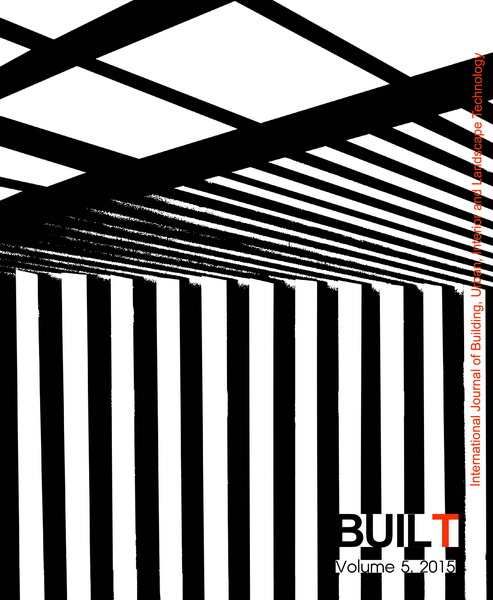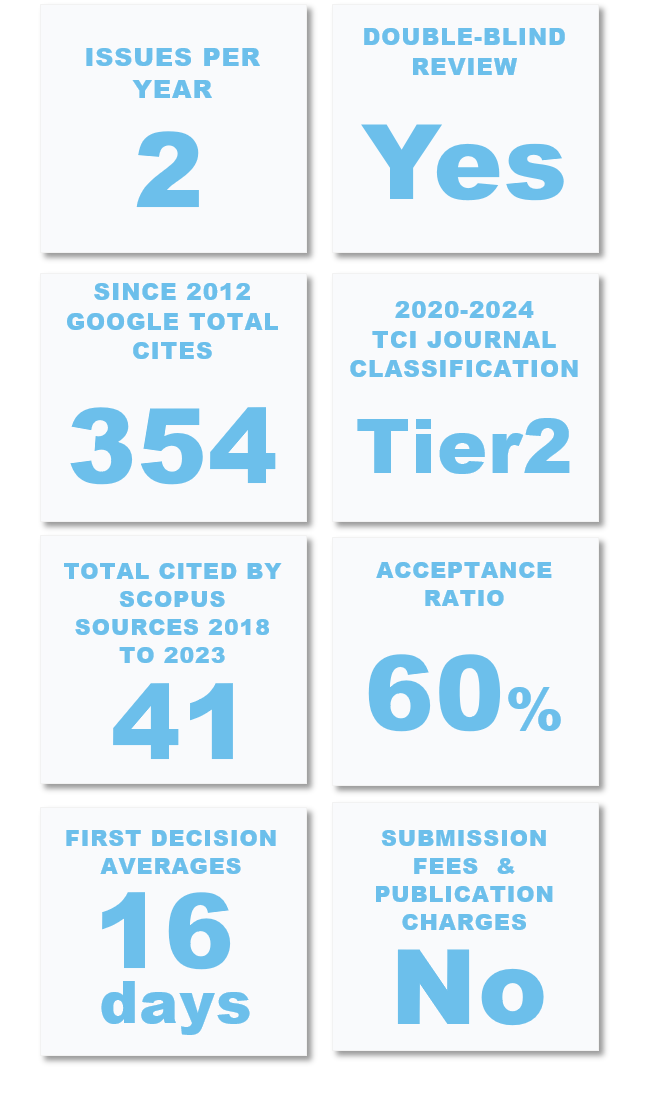The Effect of the Number of Floors on the Construction of the Houses Built by Conventional System and Precast Technology
Keywords:
Number of floors, Construction duration, Construction cost, Construction quality, Precast technologyAbstract
This research studied the construction performance (durations, costs, and quality) of one-storey and two-storey houses built by traditional and precast load-bearing wall systemsand analyzed the effects of the number of floors on the house construction performance. The study was done by (1) a detailed observation of the construction processes of eight houses, i.e. two one-storey houses & two two-storey houses built by the traditional systemand two one-storey houses & two two-storey houses built by precast technology, and (2) an interview of three senior construction staffs in a housing project. The results were analyzed by Descriptive Statistics and Content Analysis. The results showed that: (1) As to the quality perspective, it was found that the number of defects per area is constant for precast load bearing wall houses while it is increased for conventional ones, when the number of floor is increased; (2) The construction durations of the traditional system housesare increased (130.26%) depending on the number of floors because the upper storey have more processes than the first storey. On the other hand, construction duration in precast houses will be less increased (55.00%) when the storey is increased because the second-floorcomponent installation will be faster than the first floor ones and the amount of componentsin the upper storey is also less than the first storey; and (3) The unit cost of precast housesis decreased when the number of floor is increased while that of conventional houses is increased. The findings can help real estate developers select the building systems appro-priate to the houses in their projects.
Downloads
References
Abbood, A. W., AI-Obaaidi, K. M., Awang, H. & Rahman, A. M. A. (2015). Achieving energy efficiency through industrialized building system for residential buildings in Iraq. International Journal of Sustainable Built Environment, 4(1), 78-90.
Anantachaiyong, S. (2002). Comparative study of housing Construction between precast concrete structural frame system and conventional system: A case study of Kunalai housing estate Bangkhuntian. Master’s Degree Thesis, Housing Development Department, Faculty of Architecture, Chulalongkorn University, Bangkok, Thailand.
Jarutach, T. (1992). Industrialized building system for middle income family in the Bangkok metropolitan region. Master’s Degree Thesis, Housing Development Department, Faculty of Architecture, Chulalongkorn University, Bangkok, Thailand.
Kerzner, H. (2006). Project management (9th Ed.). New Jersey: John Wiley & Sons.
Kineesee, P. (2006). Labor skills required for construction work using prefabricated concrete panels. Master’s Degree Thesis, Department of Civil Engineering, Faculty of Engineering, Chulalongkorn University, Bangkok, Thailand.
Limthongthang, R. (2005). A comparative study of the precast and conventional housing construction systems:A case study of Suetrong Rangsit Klong 3 project in Pathumthani province. Master’s Degree Thesis, Housing Development Department, Faculty of Architecture, Chulalongkorn University, Bangkok, Thailand.
Maleerak, J. (2013). Attitude towards the precast concrete system of the home builder customers in Bangkok and it’s vicinity. Master’s Degree Thesis, Department of Innovative Real Estate Development, Faculty of Architecture and Planning, Thammasat University, Pathumthani, Thailand.
National Precast Concrete Association [NPCA]. (2006). A little book of concrete: A guide to the one hundred advantages of precast concrete, NPCA, Indianapolis.
Pongam, P. (2005). Comparative study of housing construction technology between load bearing wall precast concrete structure: A case study of passorn housing project and Suetrong Housing project, Rangsit - Klong 3, Pathum Thani province. Master’s Degree Thesis, Housing Development Department, Faculty of Architecture, Chulalongkorn University, Bangkok, Thailand.
Real Estate Information Center [REIC]. (2014). Newly completed and registered housing units in Bangkok and Vicinities: Showing number of units, categorized by housing types. Retrieved November 11, 2014 from http://www.reic.or.th
Schwalbe, K. (2010). Information technology project management. Pre-Press PMG: USA.
Suriyawong, K. (2007). The housing construction system of load-bearing wall prefabrication of the large real estate entrepreneurs. Master’s Degree Thesis,Housing Development Department, Faculty of Architecture, Chulalongkorn University, Bangkok, Thailand.
Taherkhani, R. (2014). A strategy towards sustainable industrial building system (IBS): The case of Malaysia.Journal of Multidisciplinary Engineering Science and Technology (JMEST), 1(4), 86–90.
Tochaiwat, K. (2012). Real estate project construction management (Housing development). Journal of Government Housing Bank, 18(69), 48-53.
Walailaksanaporn, N. (2014). Construction systems of 2-storey detached house projects using precast concrete wall members manufactured in the on-site temporary plants. Master’s Degree Thesis, Faculty of Architecture and Planning, Thammasat University, Pathumthani, Thailand.
Wankanapon, P., Chindapol. S.& Tantasavasdi, C. (2013). Envionmental Impact Assessment for Typieal and Innovative Housing Construction Material in Thailand. International Journal of Building, Urban, Interior and Landscape Technology (BUILT), 2(1), 43-53.
Xudong, Z. & Riffat, S. (2007). Prefabrication in house constructions. International Journal of Low Carbon Technologies. 2(1), 45.
Downloads
Published
How to Cite
Issue
Section
License

This work is licensed under a Creative Commons Attribution-NonCommercial-NoDerivatives 4.0 International License.












